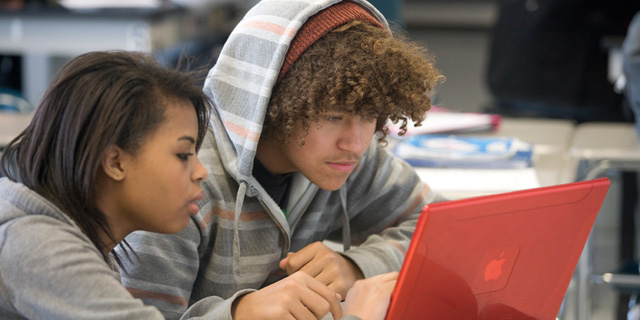High School Physics Resources
Visual simulations for teaching science to high school students
-
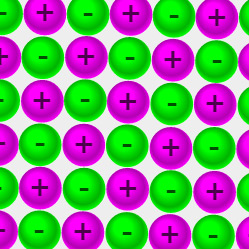
Ceramic Forces
Explore what happens when a force is exerted on a ceramic material.
-
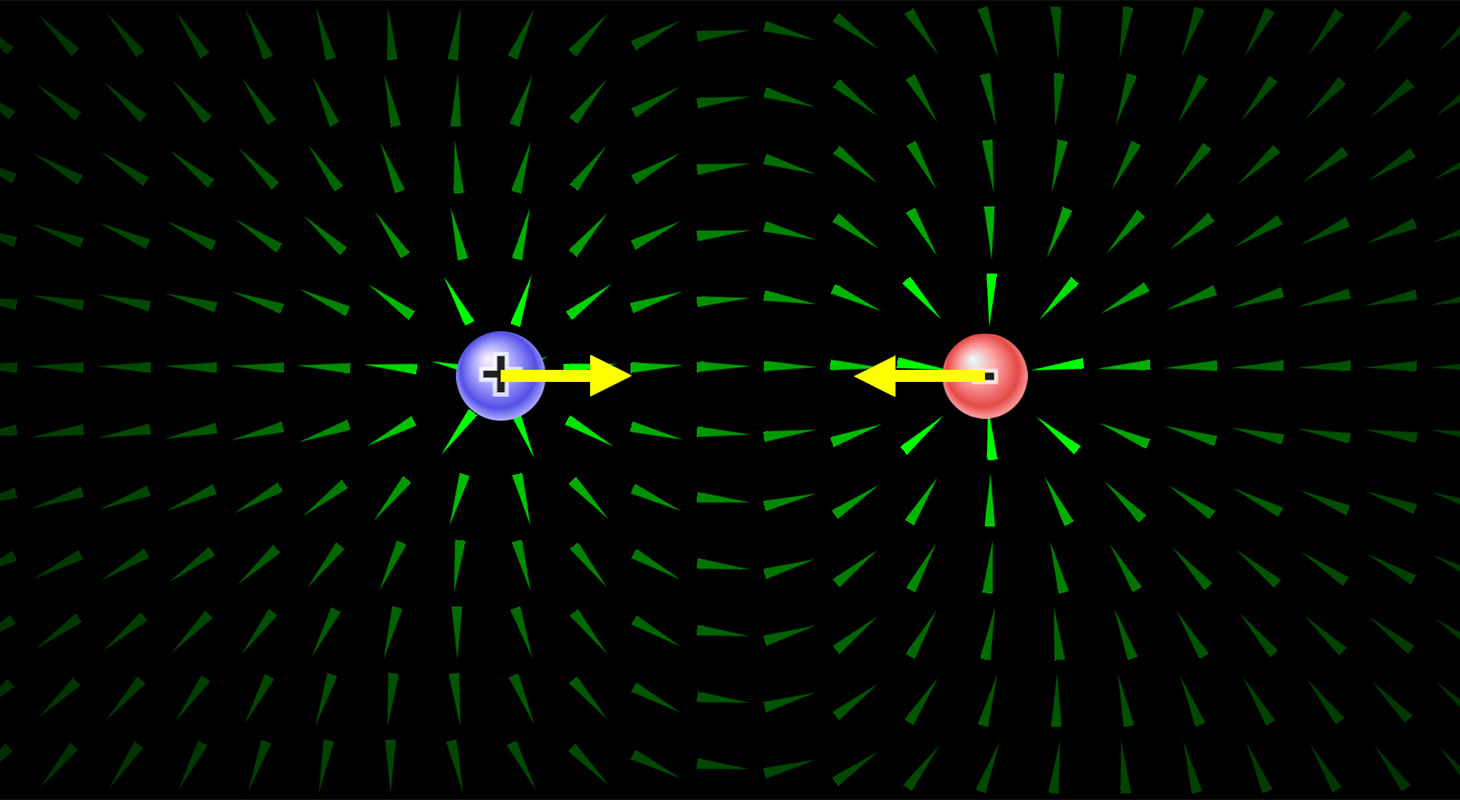
Charge Intensity
Explore the relationship between charge, electric fields, and forces on objects by manipulating charge.
-
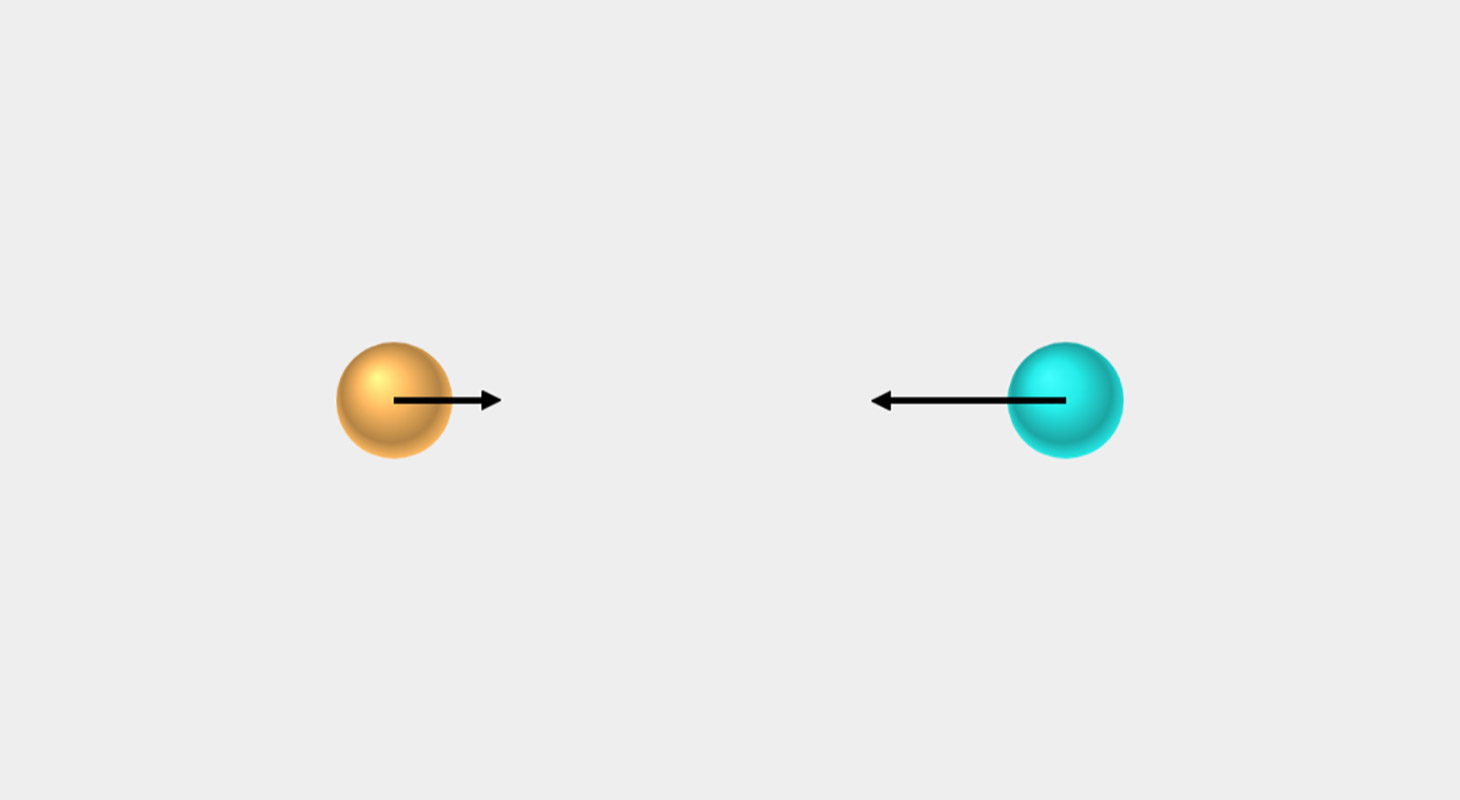
Collisions & Kinetic Energy
Explore the energy exchange between colliding objects and observe how energy transfer occurs.
-
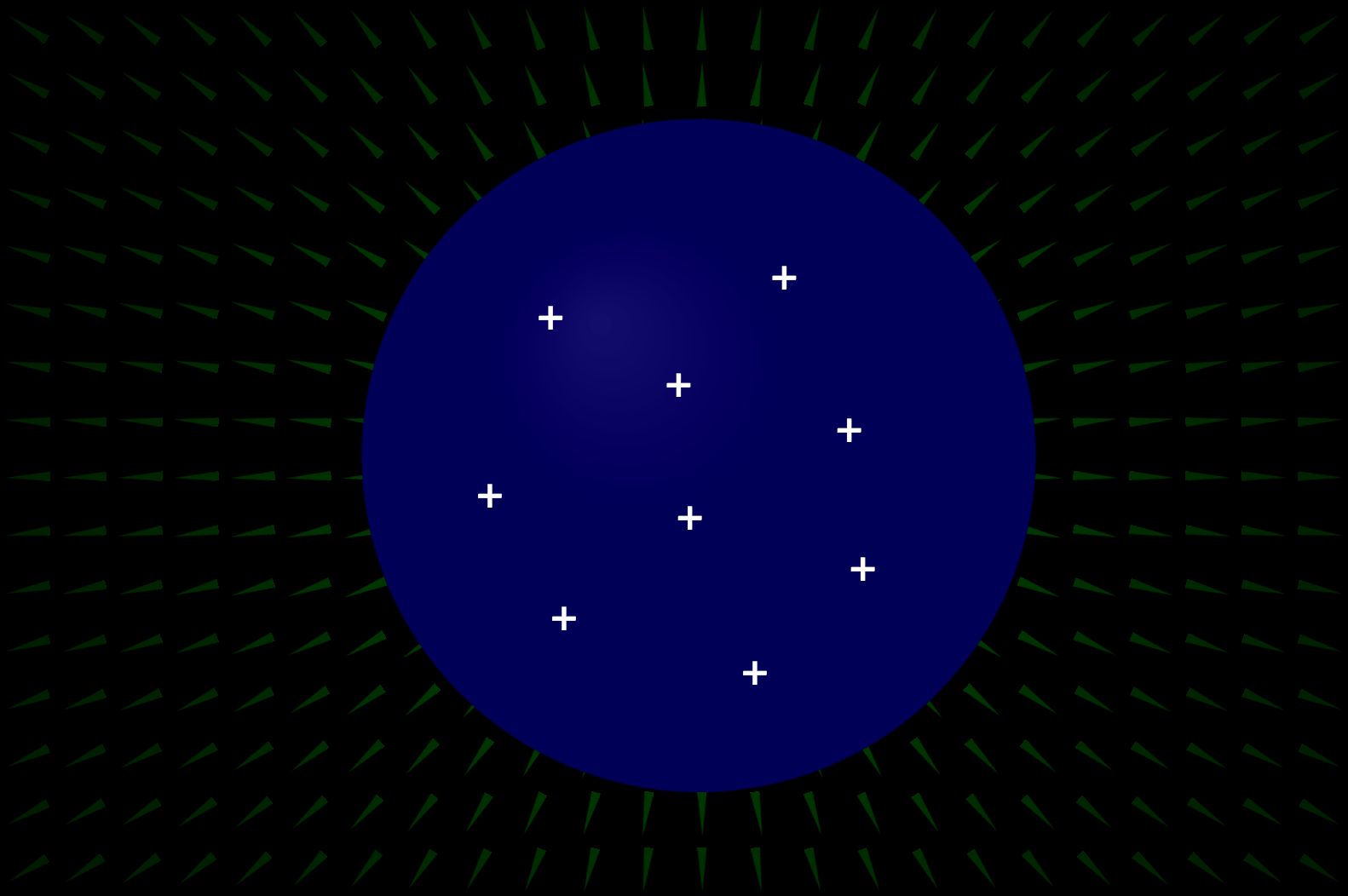
Concentrating Charge & Electric Fields
Simulate an experiment to distinguish between the plum pudding and hard nucleus model of the atom.
-
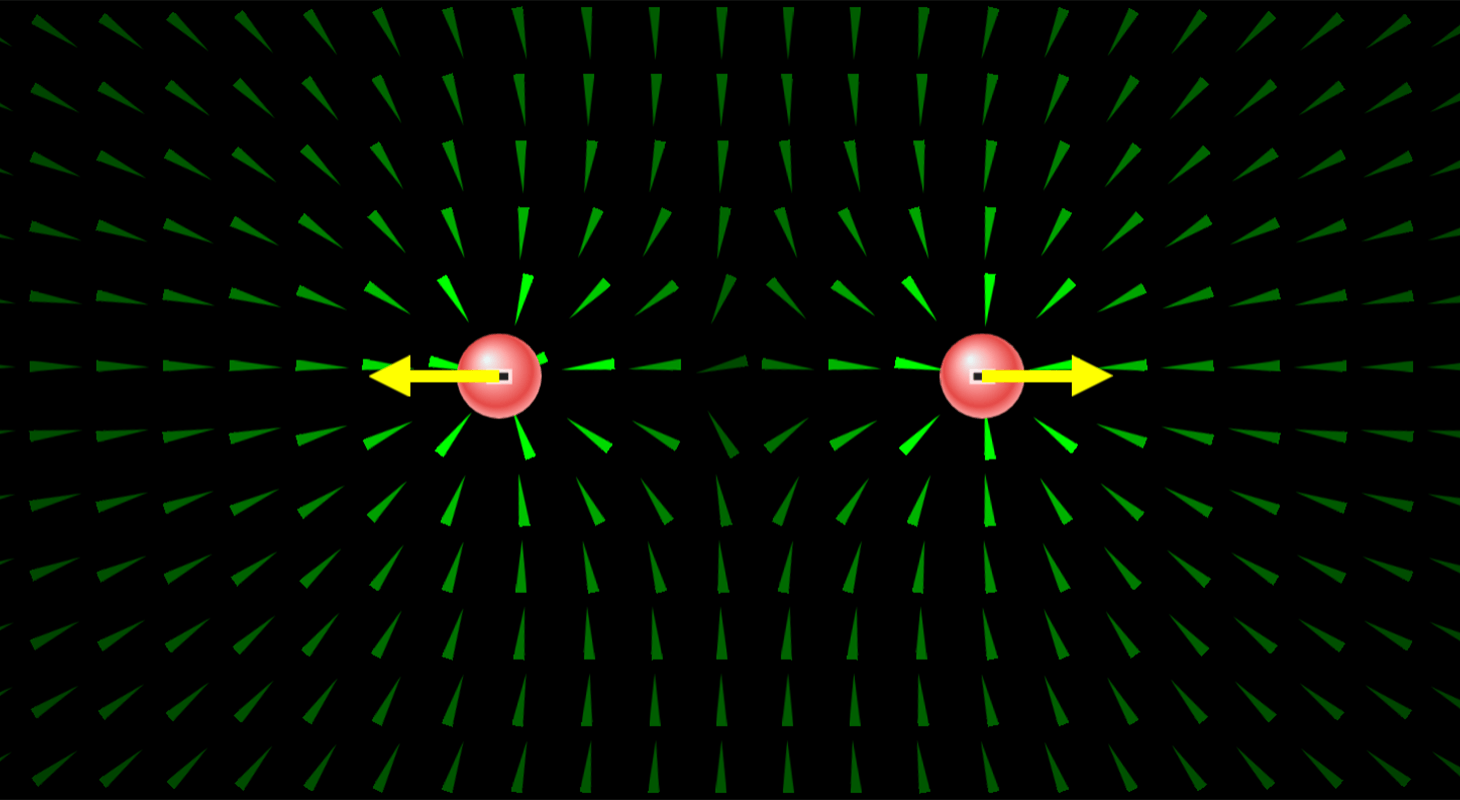
Conversion of Electric Potential Energy
Explore how potential energy created by particles of varying charge is converted to thermal energy.
-
Assign Resources to Your Students
Create a free teacher account and assign educational STEM activities and simulations to your students. Get reports of their work and more.
Create Account -
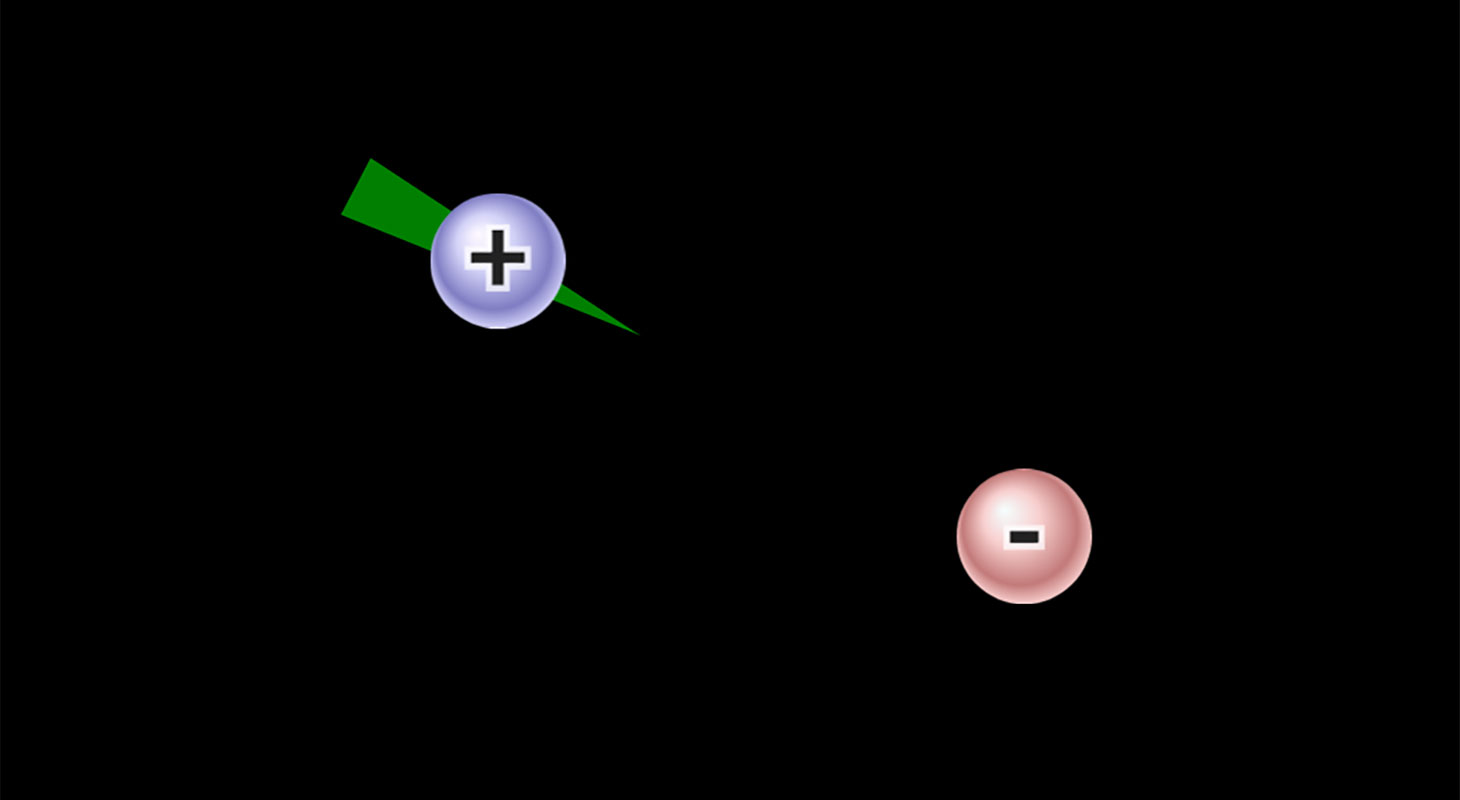
Direction & Strength of Force in Electric Fields
Explore the strength and direction of forces between two charged objects.
-
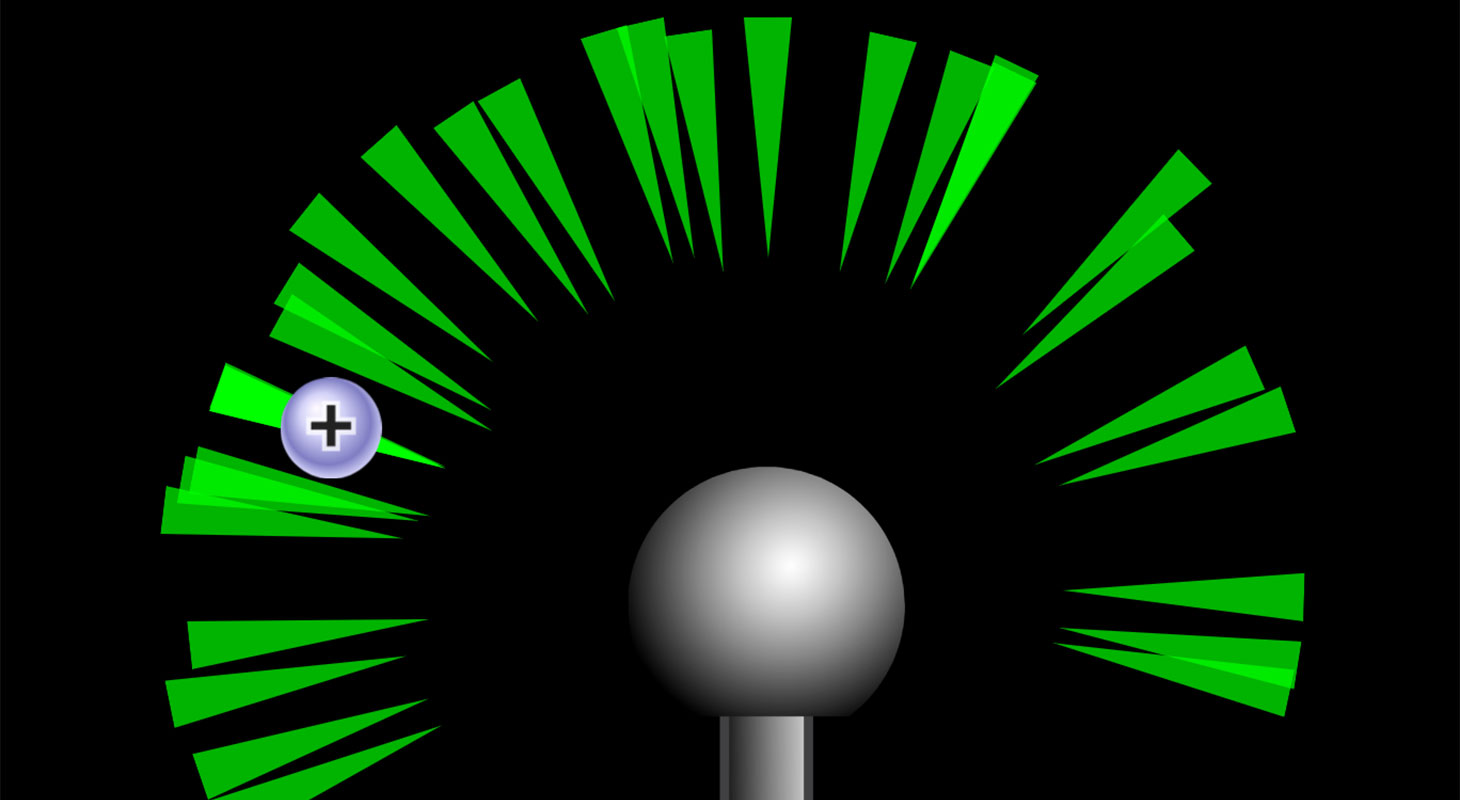
Direction of Force Around a VDG (Negatively Charged)
Observe the direction of forces around a negatively charged Van de Graaff generator.
-
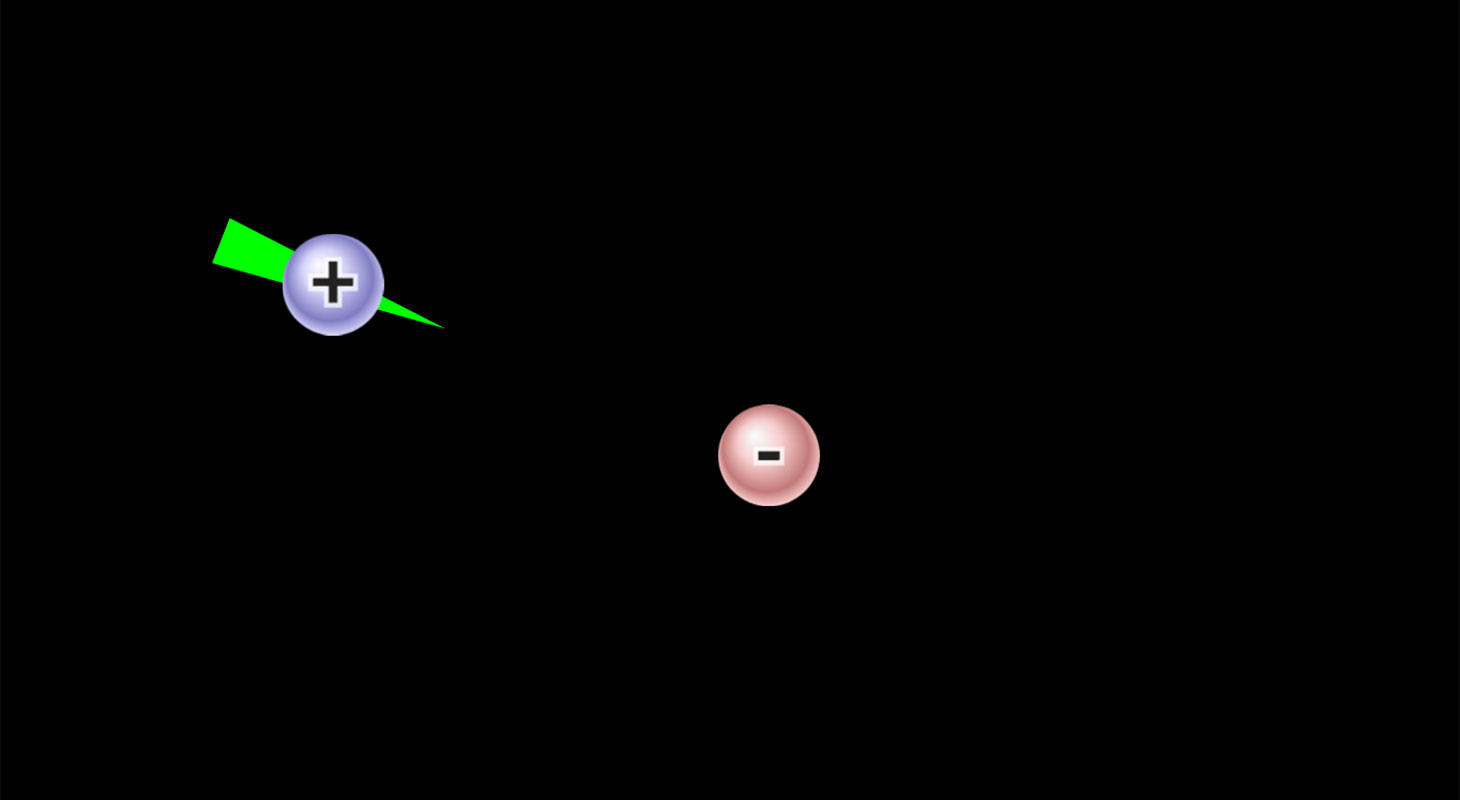
Direction of Force on Charged Objects
Drag around a stationary charged object and observe the force on the stationary object when it is positive and negative.
-
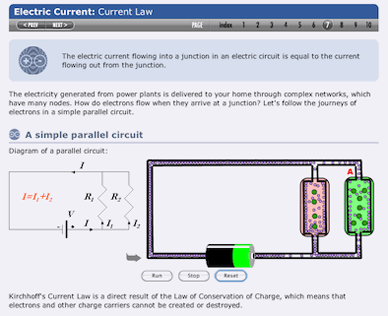
Electric Current
Explore electric current using interactive models to investigate how temperature affects conductivity and resistivity.
-
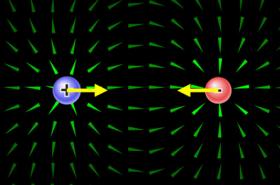
Electric Potential Energy & Charge Intensity
Set the amount and type of charge on particles and compare the potential energy of the generated electric field.
-
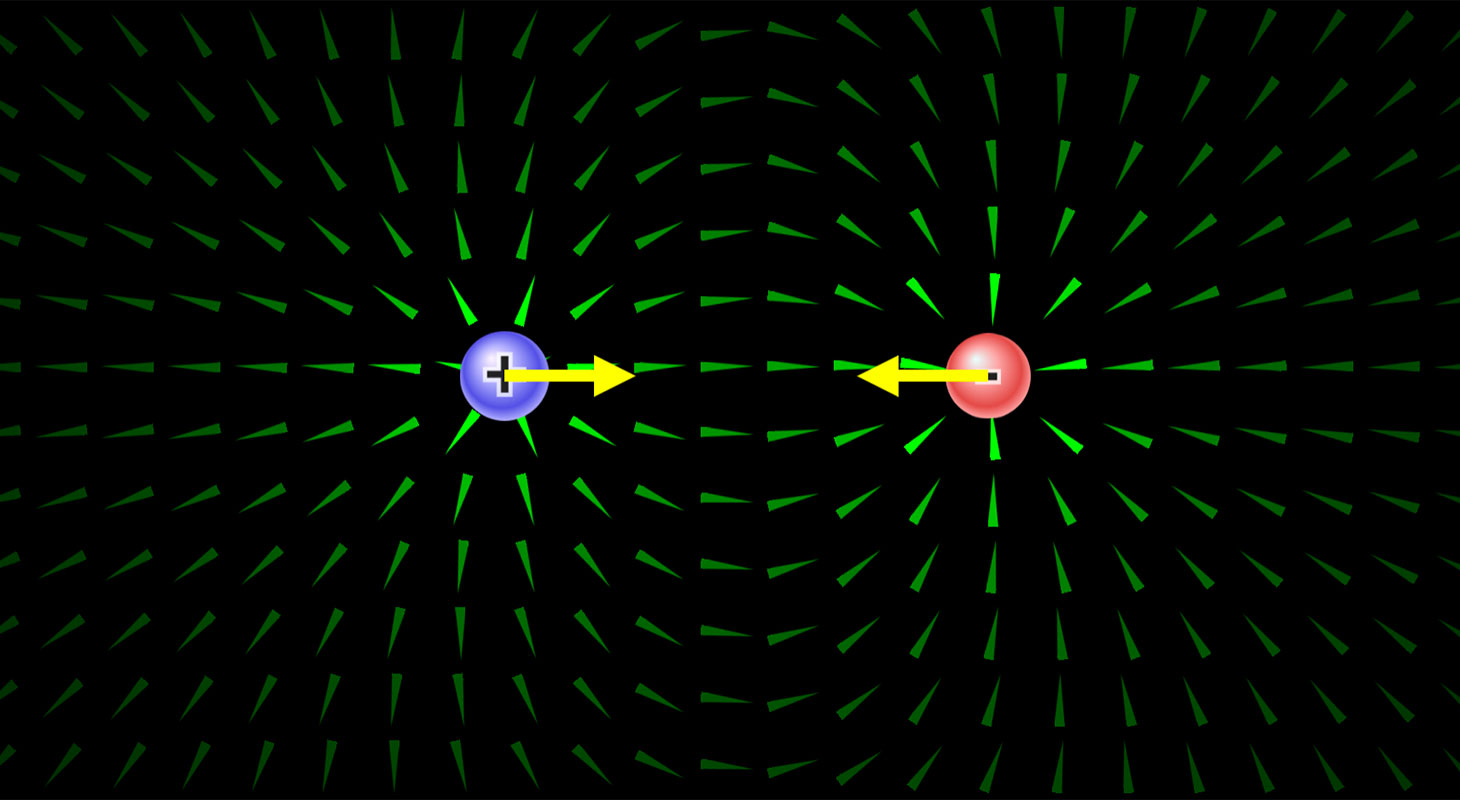
Electric Potential Energy & Type of Charge
Set the charge of two particles and compare the potential energy of the generated electric field as they move.
-
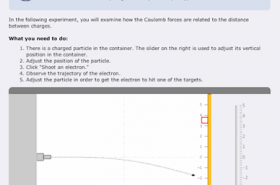
Electrostatics
A series of interactive models and games explore the effects positive and negative charges have on one another.
-

Electrostatics: Maze Game
Apply knowledge of the interactions between charged particles to guide an object through a maze.
-
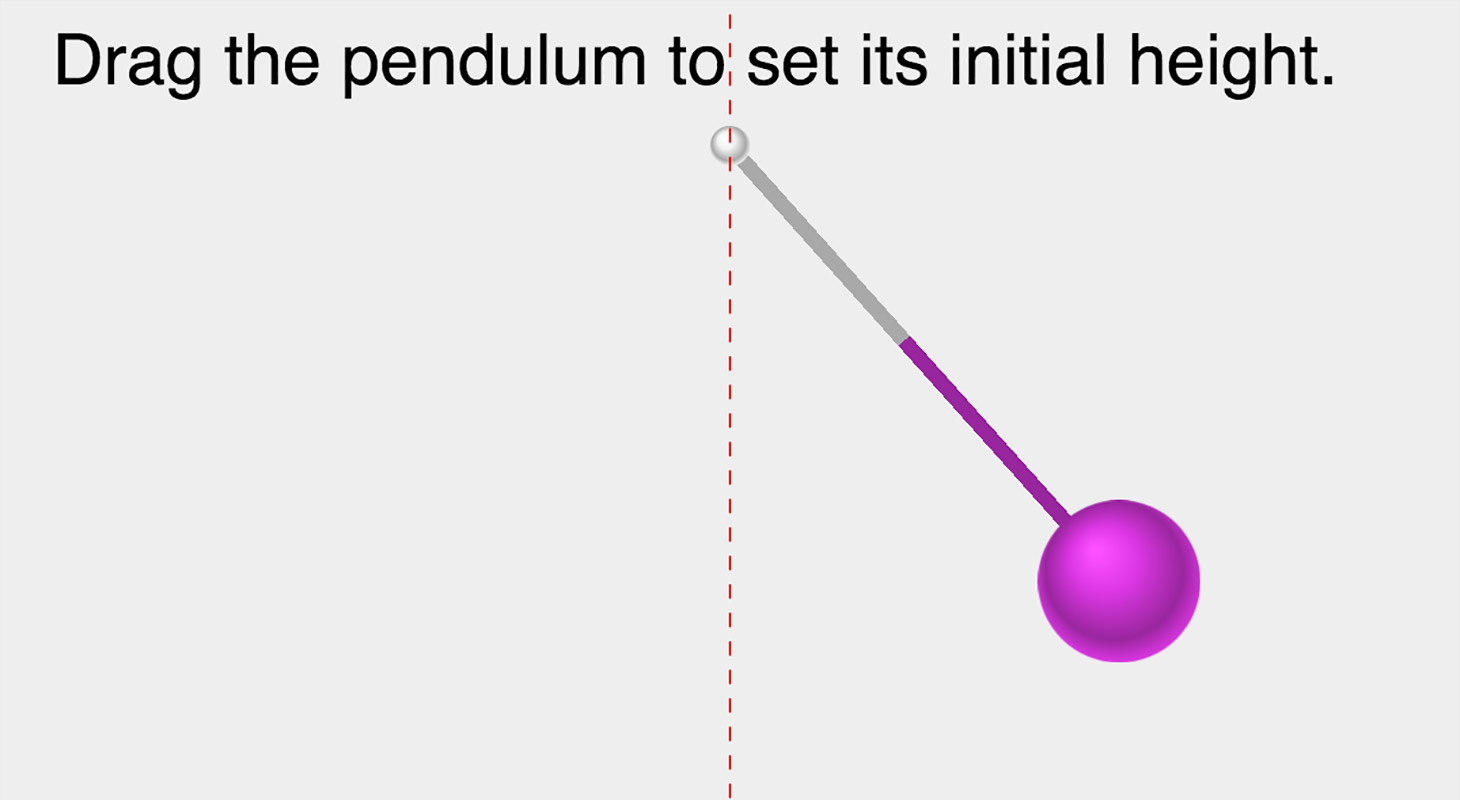
Energy of a Pendulum
Set the initial height of a pendulum and observe how potential, kinetic, and thermal energy change during swings.
-
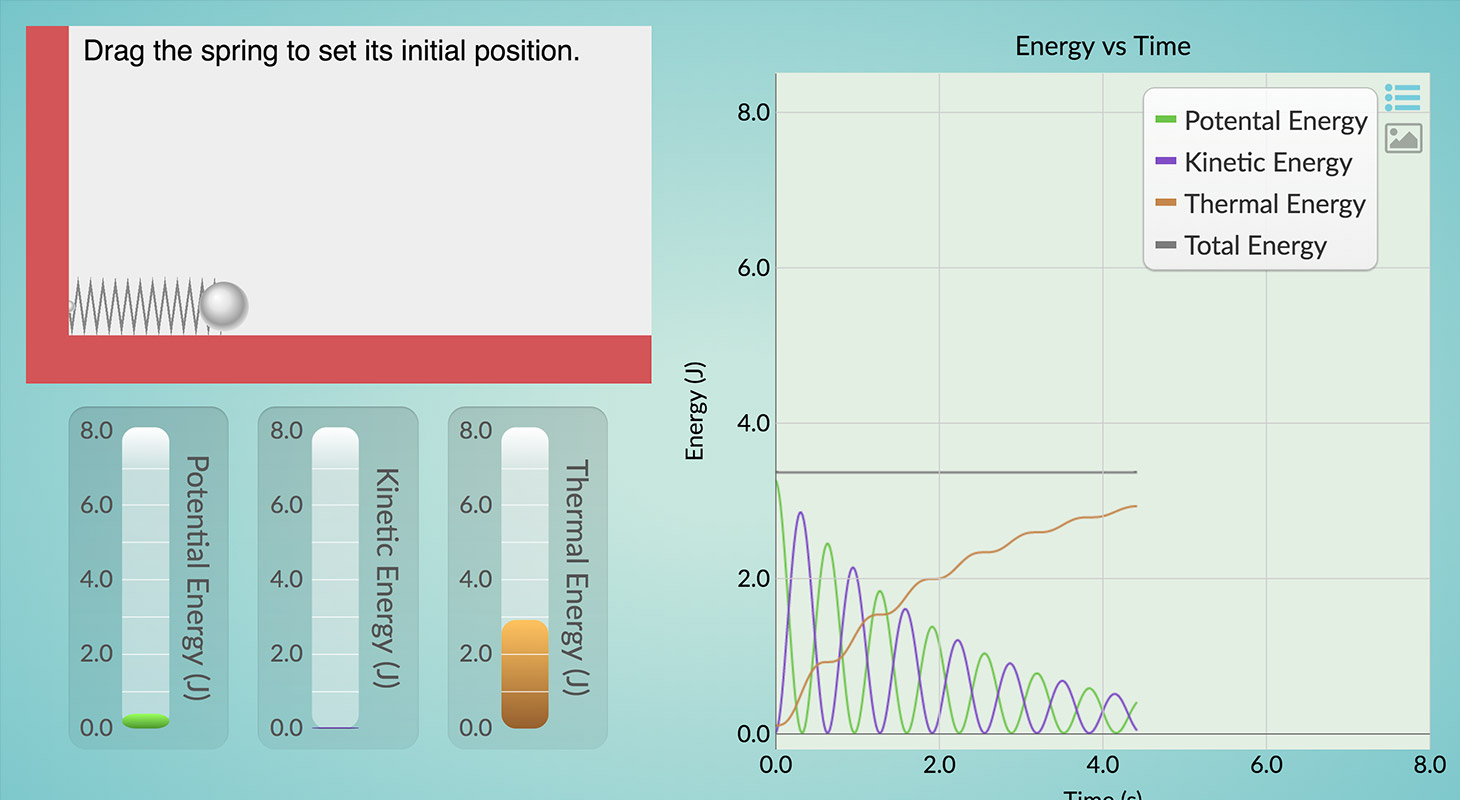
Energy of a Spring
Set the initial position of a mass on a spring and observe how potential, kinetic, and thermal energy change when the spring is released.
-
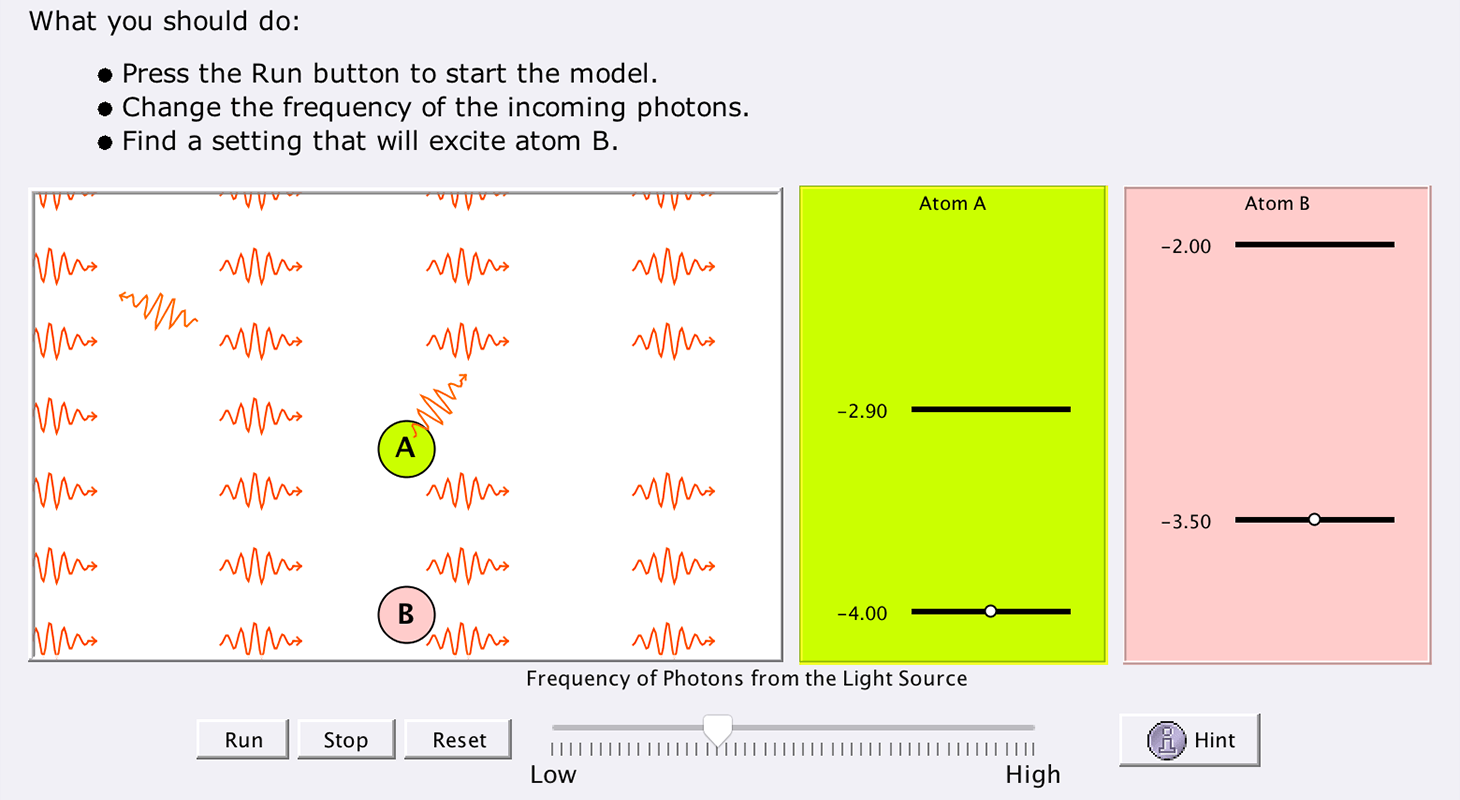
Excited States & Photons
Investigate how atoms can be excited to give off radiation (photons) with models of electron energy diagrams.
-
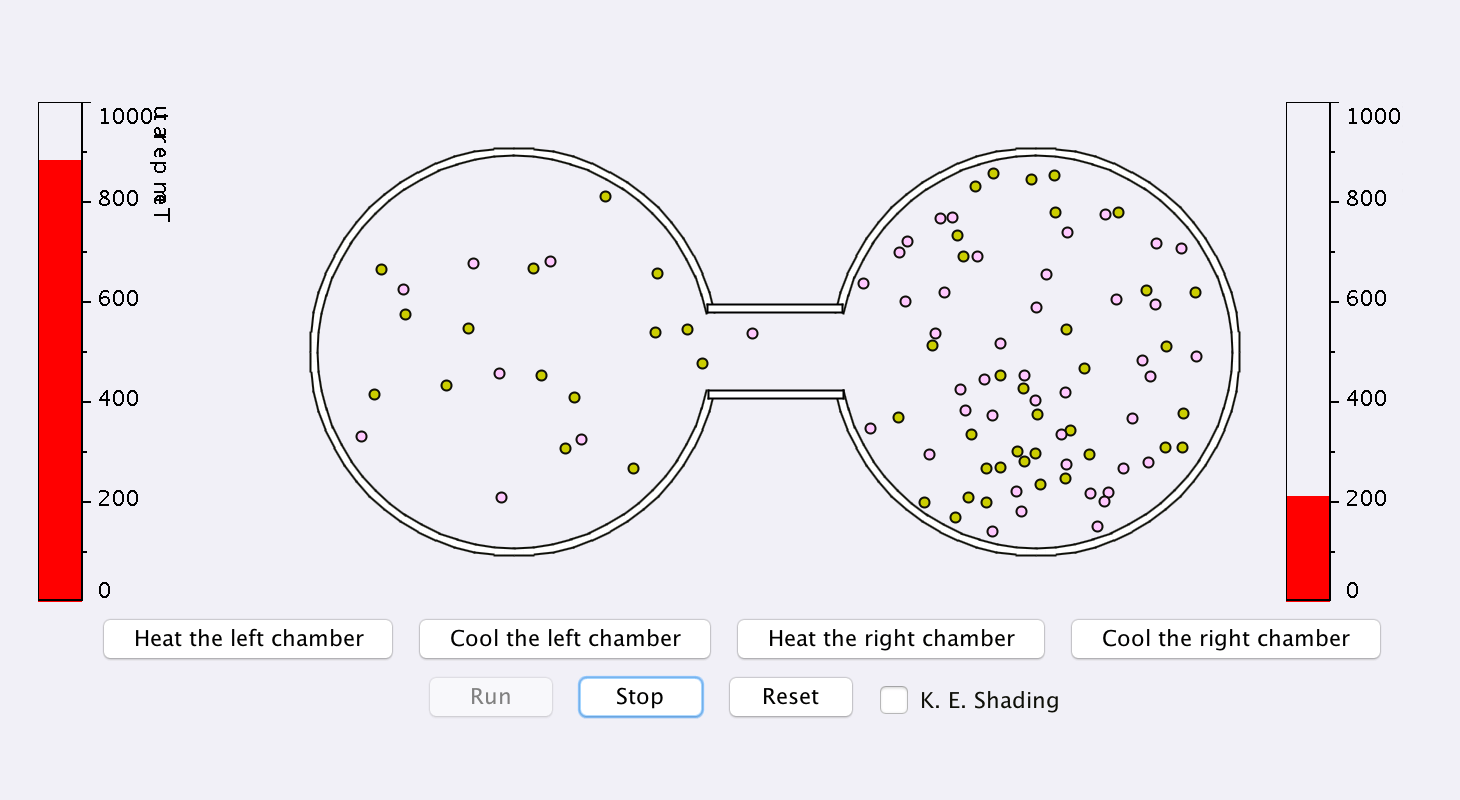
Heat and Temperature
Learn that temperature measures average kinetic energy, and heat is the transfer of energy from hot systems to cold systems.
-
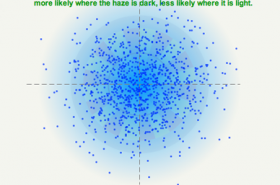
Introduction to Quantum Mechanics
Learn basic quantum mechanics concepts about electrons essential to understanding modern technology.
-
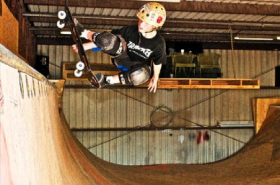
Motion on a Ramp
In this activity, you will study the motion of an object as it moves up and down a ramp.
-
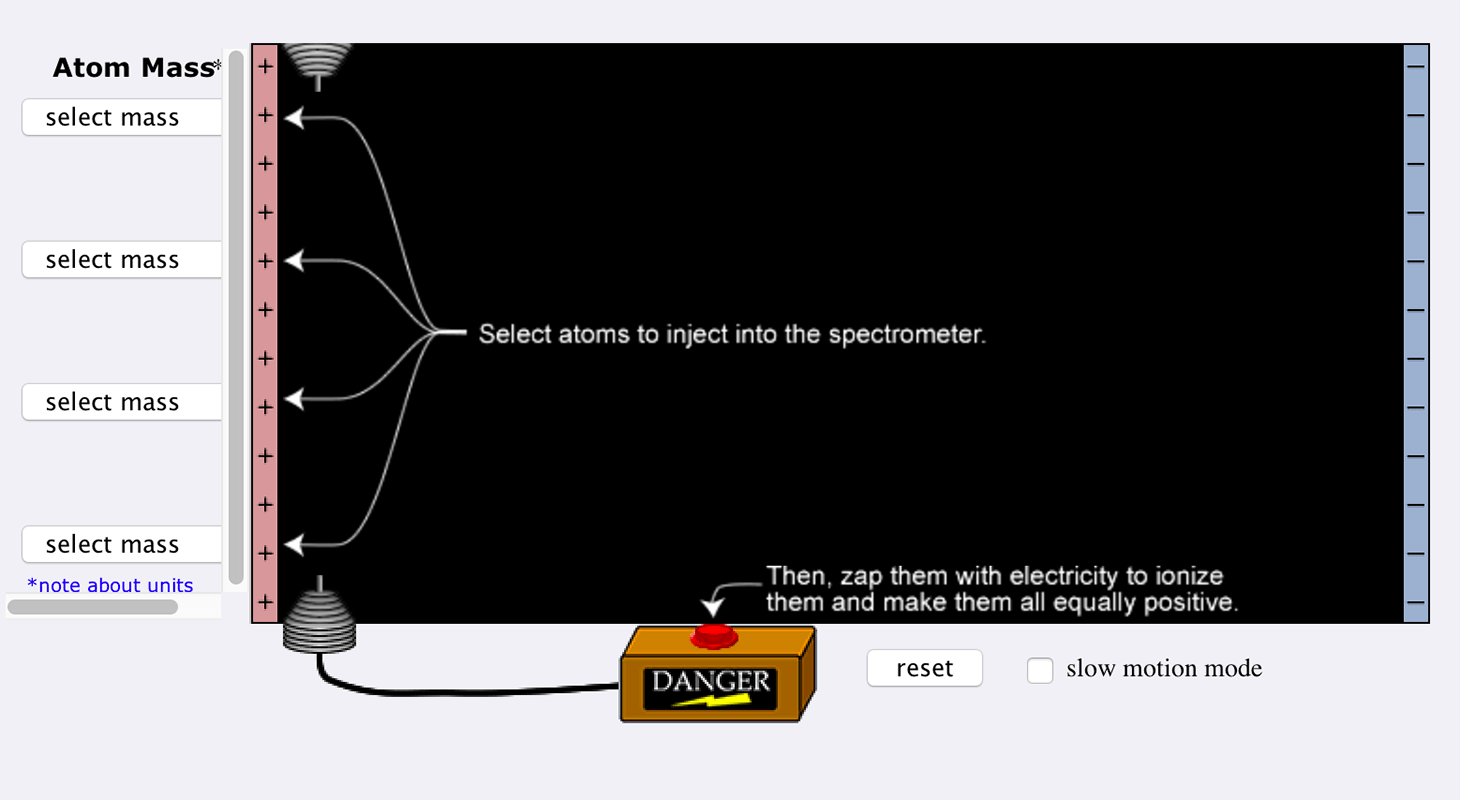
Newton's Laws at the Atomic Scale
Explore how Newton's three laws apply to the world of atoms and molecules.
-

Metal Forces
Explore what happens when a force is exerted on a metallic material.
-
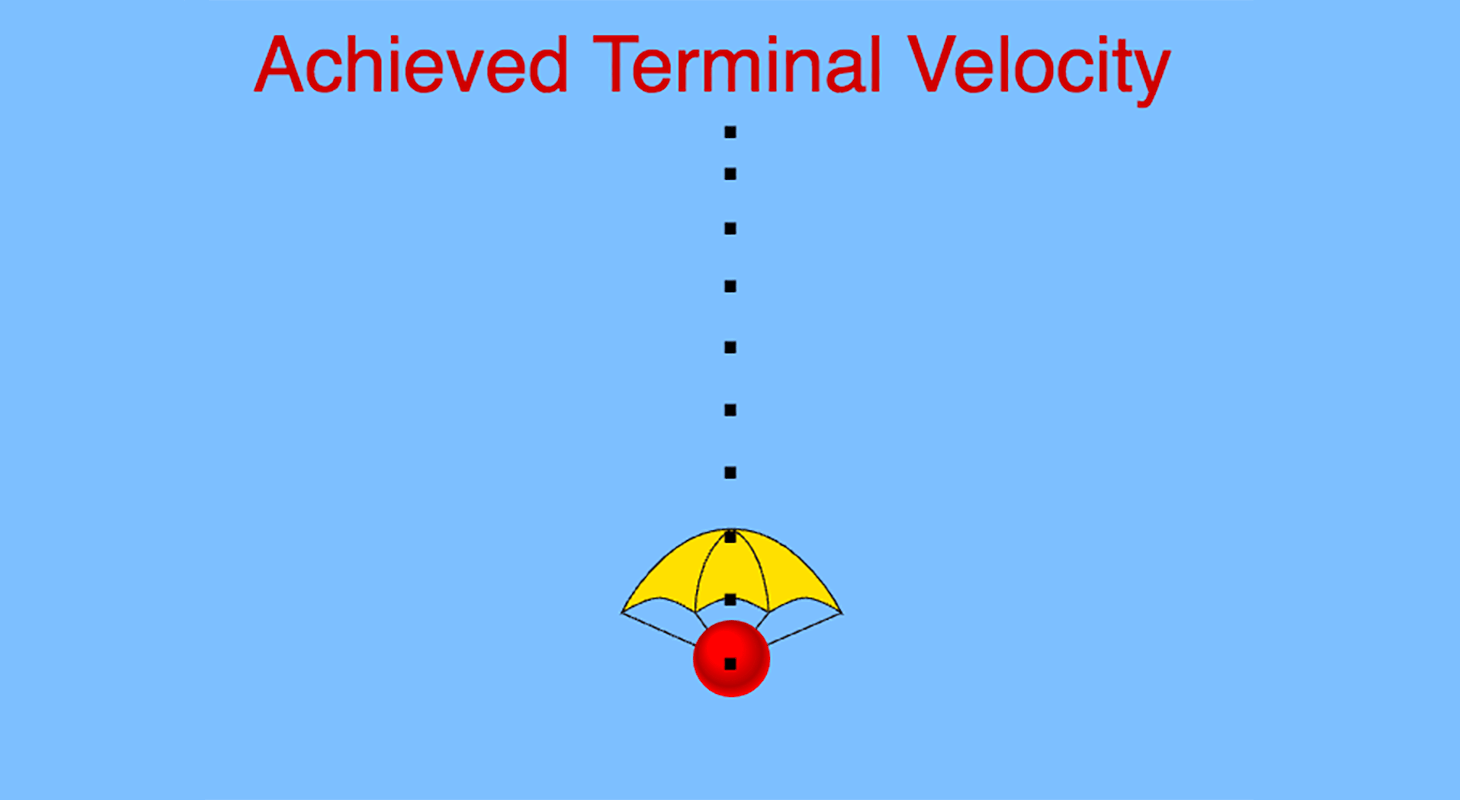
Parachute and Terminal Velocity
How does an object's speed change as it falls through the atmosphere?
-

Pendulum
Explore the factors that affect a pendulum's motion. Which factors affect the period of the pendulum?
-
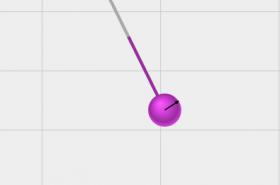
Pendulum and Spring
Explore the motion of a pendulum suspended by a spring.
-
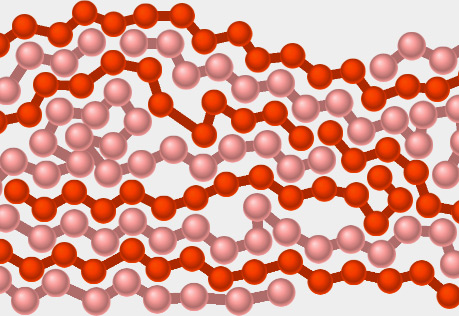
Plastic Forces
Explore what happens when a force is exerted on a polymeric plastic material.
-
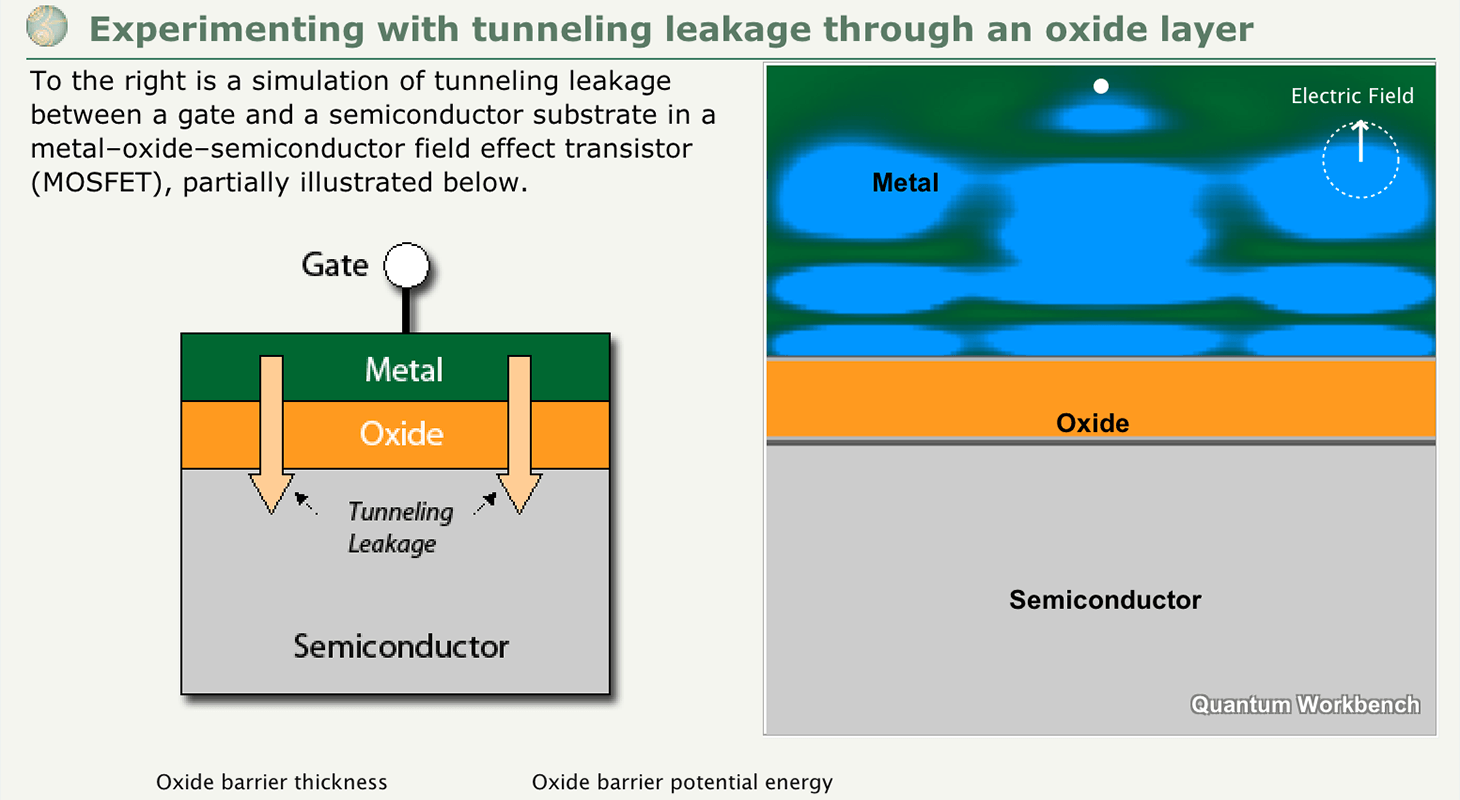
Quantum Tunneling
Delve into a microscopic world working with models that show how electron waves can tunnel through certain types of barriers.
-
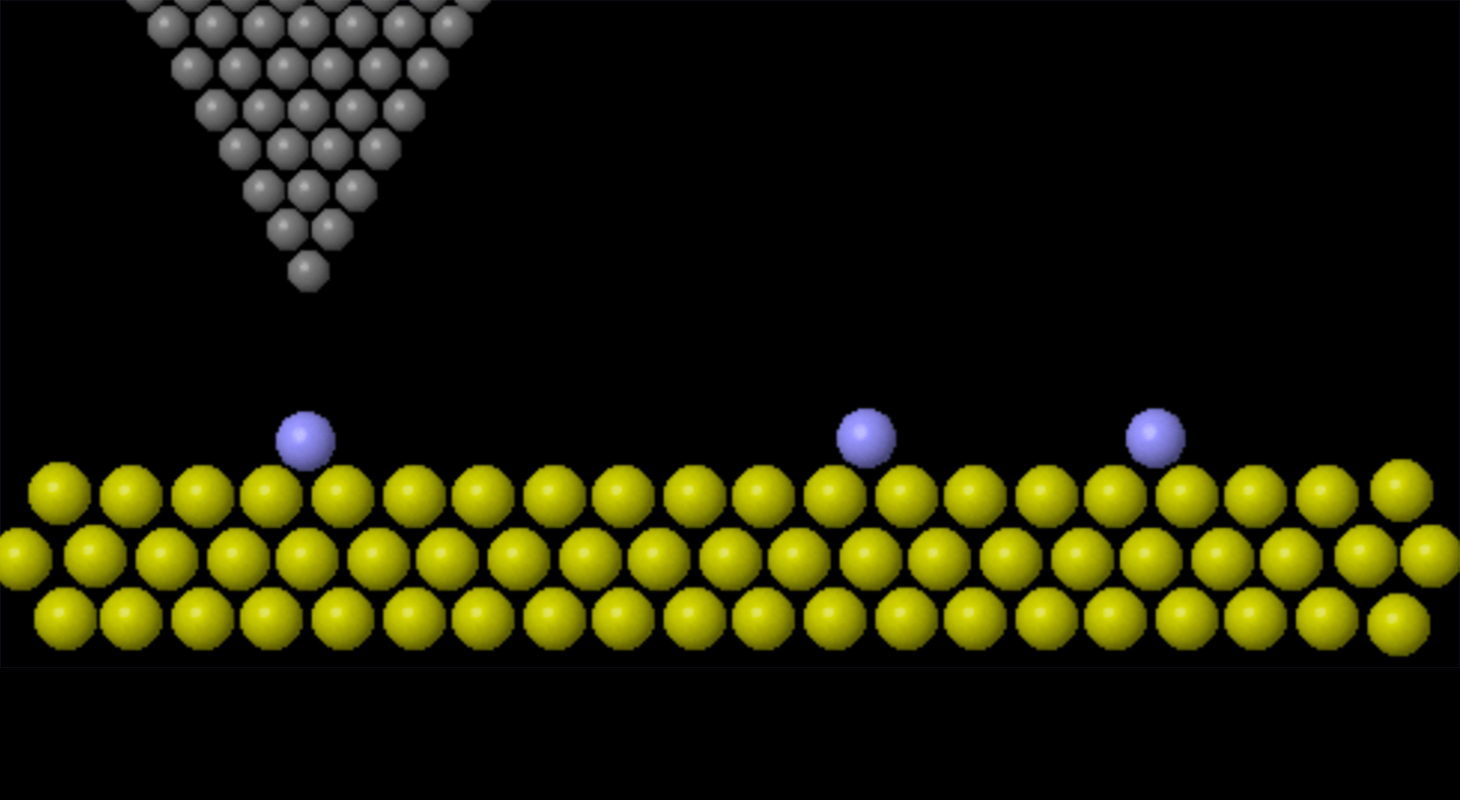
Scanning Tunneling Microscopy
Use a virtual scanning tunneling microscope (STM) to observe electron behavior in an atomic-scale world.
-
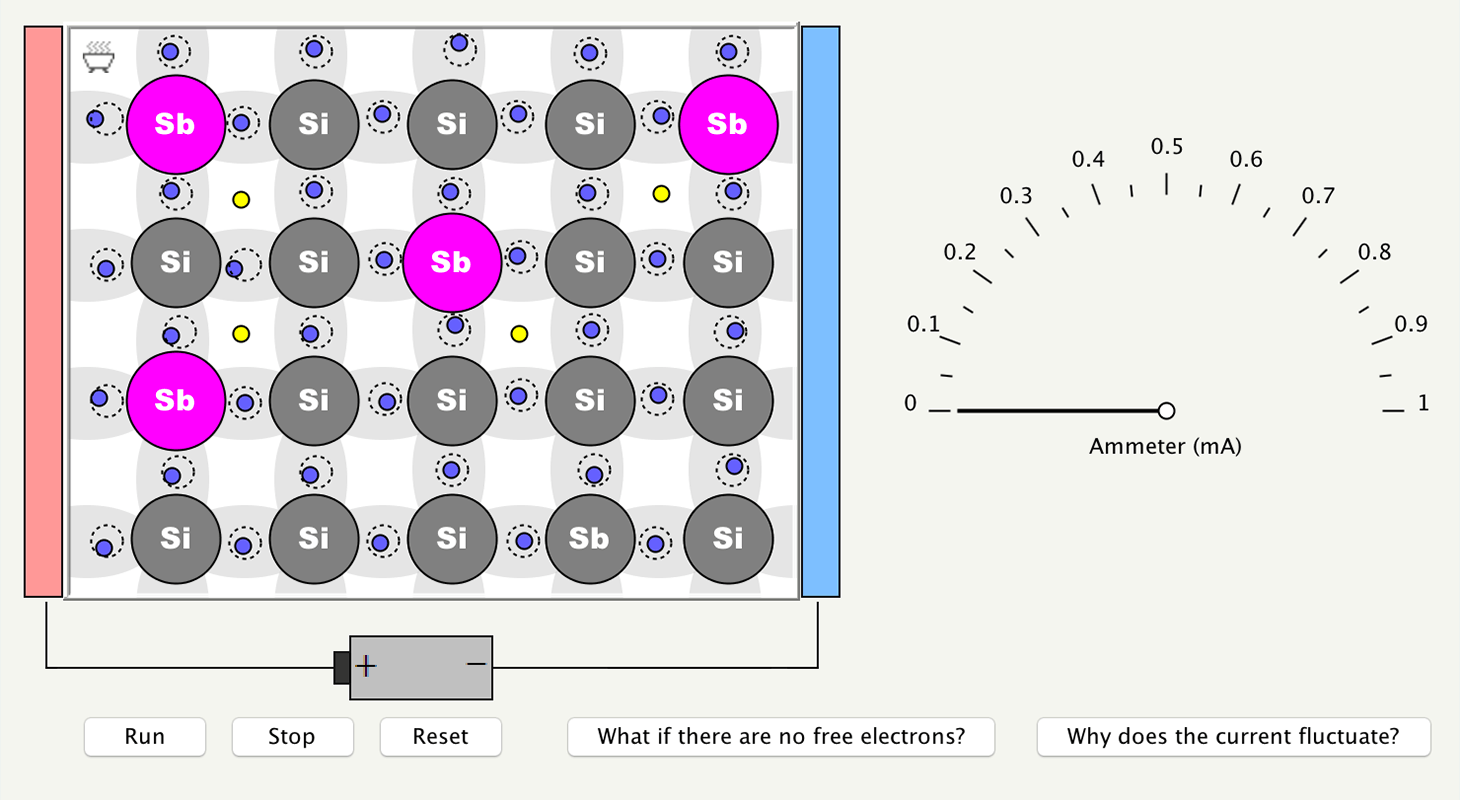
Semiconductors
Learn about the basic properties of intrinsic and extrinsic--or doped--semiconductors with several visualizations.
-
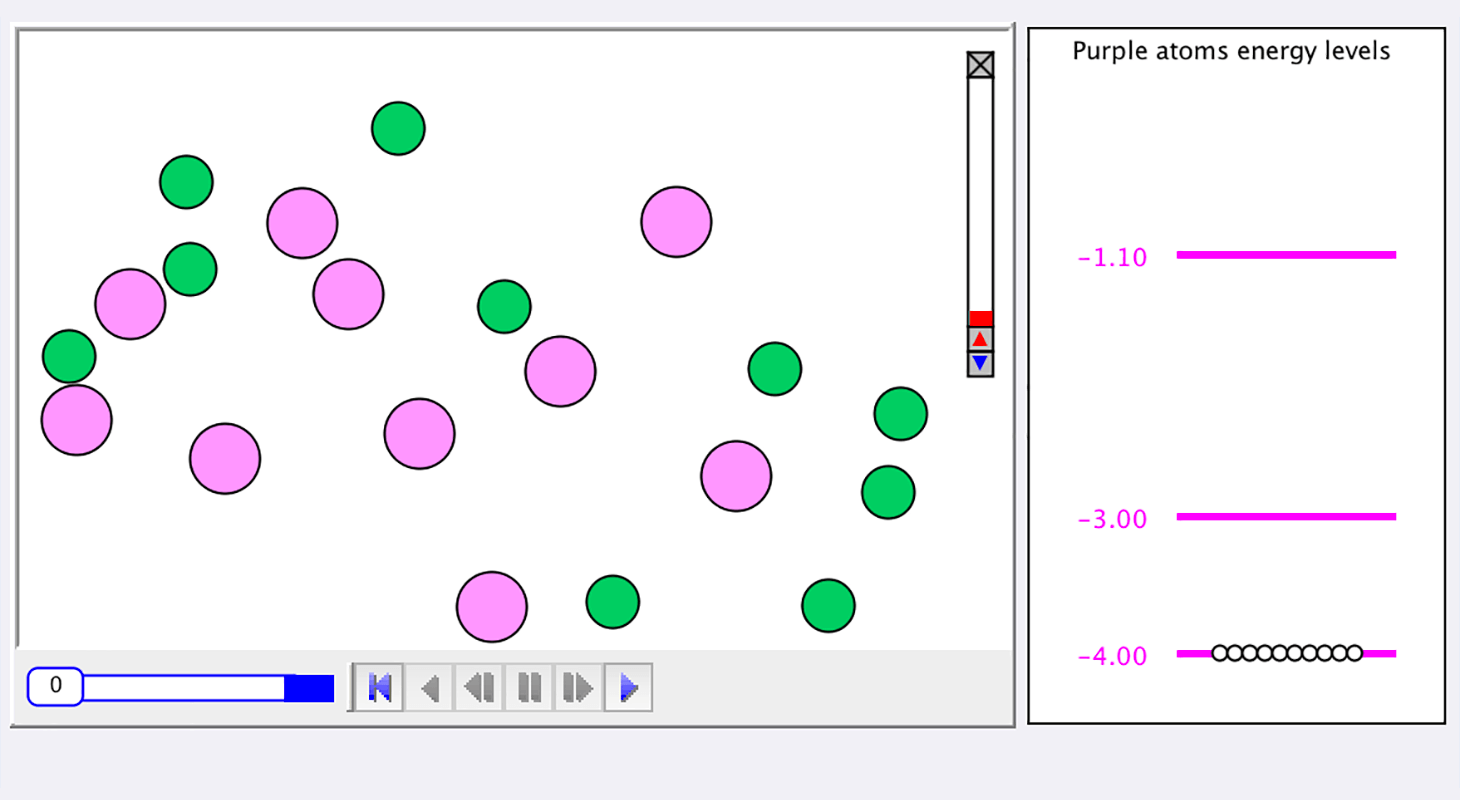
Spectroscopy
A series of interactive models allows you to examine how the energy levels the electrons of an atom occupy affect the types of photons that can be emitted.
-
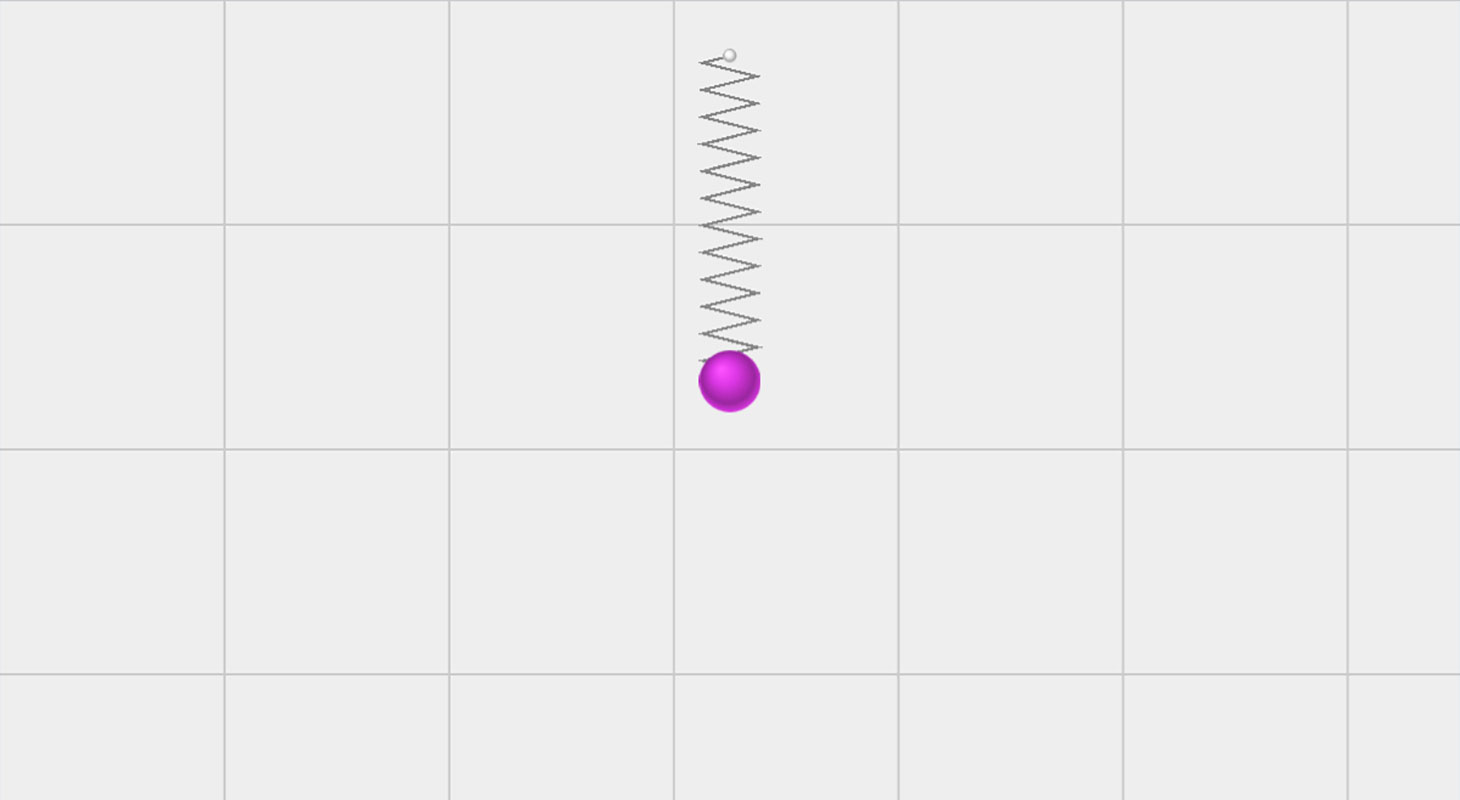
Spring Model
Explore the factors that affect a spring's motion. Experiment by changing the spring constant, the mass at the end of the spring, and other factors.
-

Sticking a Balloon to a Wall
Explore the interactions between a charged balloon and a neutral wall at the atomic-level.
-
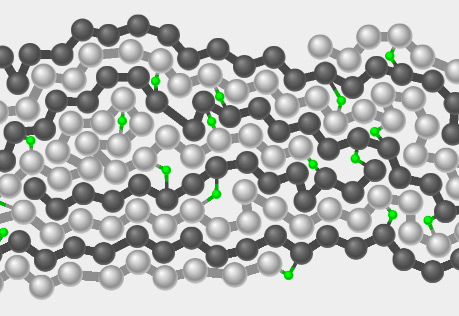
Tire Forces
Explore what happens when a force is exerted on a rubber tire.
-
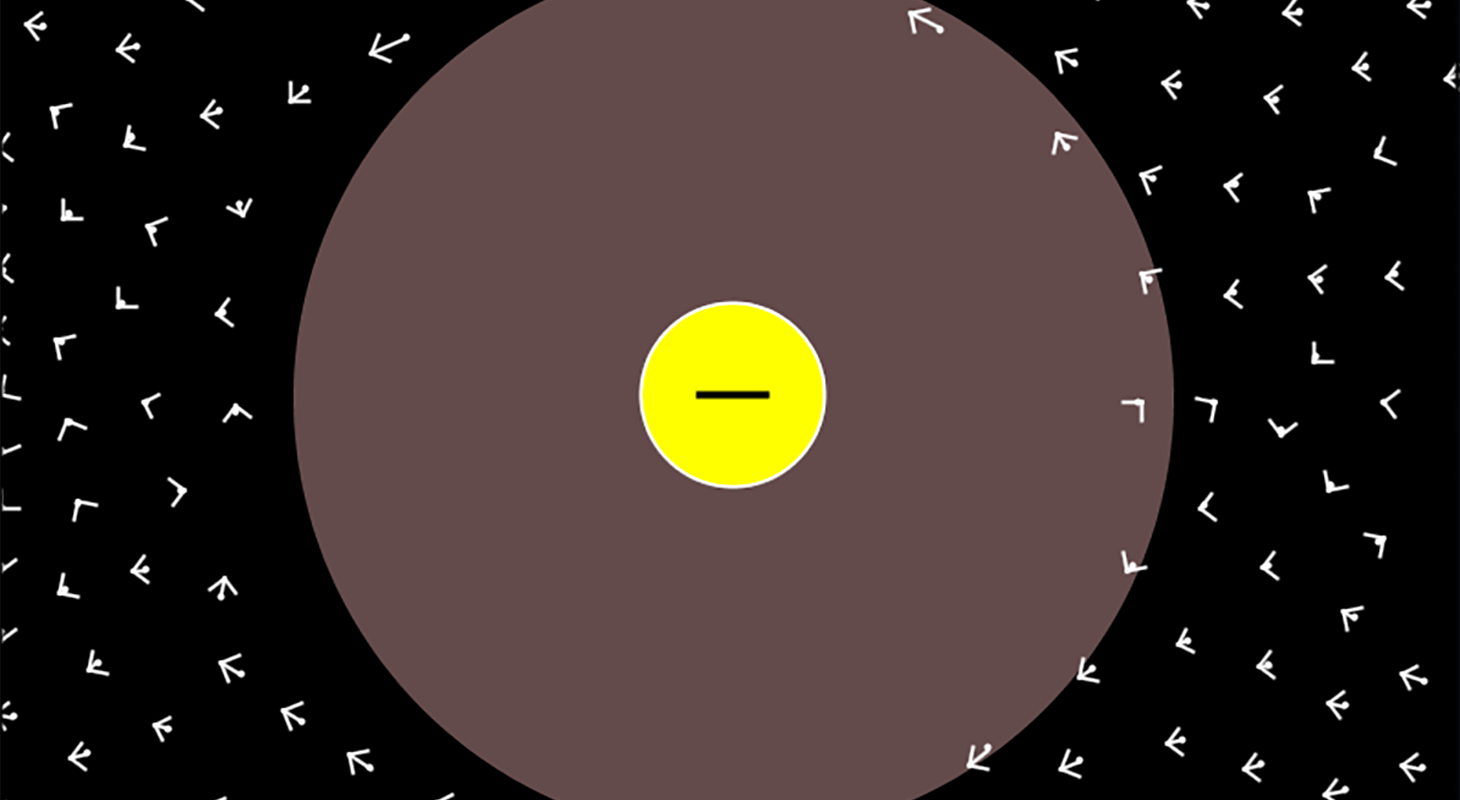
Transistors: The Field Effect
Transistors are the building blocks of modern electronic devices. What exactly does a field effect transistor do?
-

Van de Graaff Discharge
Explore how the charging and discharging of a Van de Graaff (VDG) generator occurs and changes in potential energy.
-

Visualizing Electric Fields & Forces
Model how electric fields change due to the number and placement of charged objects.
“Wish I learned science this way—far more interesting than reading chapters in a book.”
